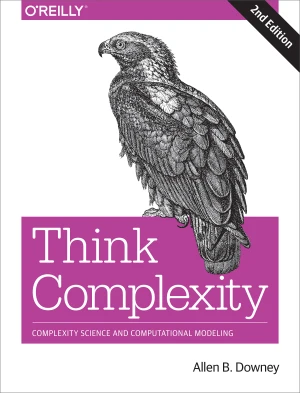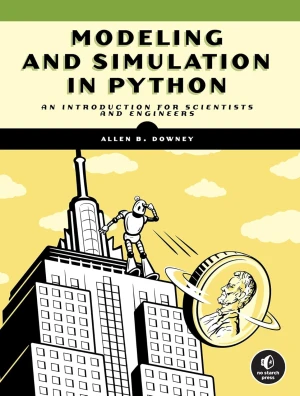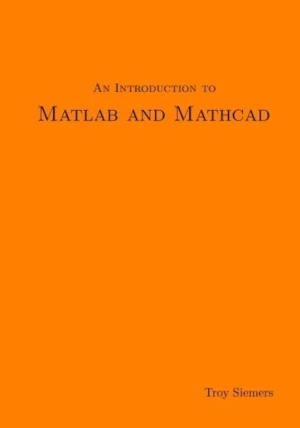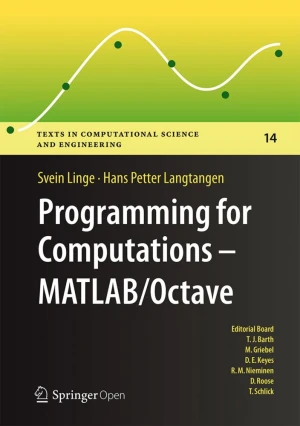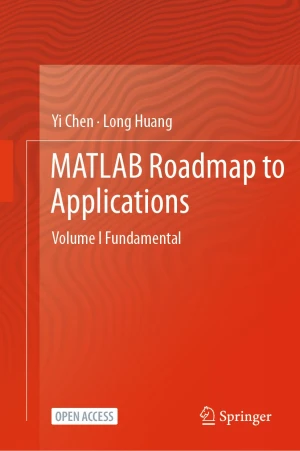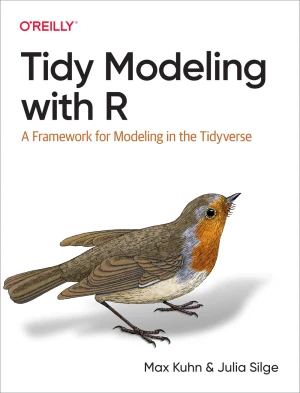Physical Modeling in MATLAB, 4th Edition
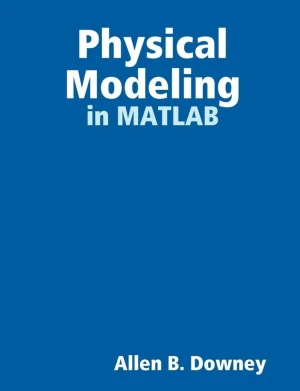
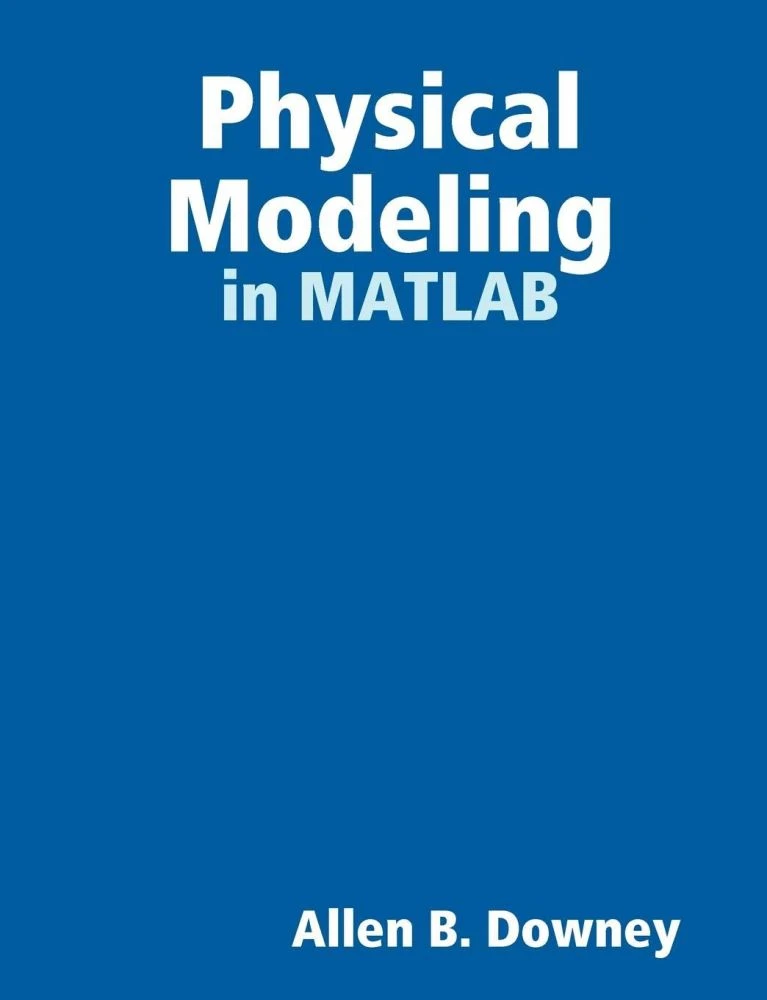
Book Details
| Author | Allen Downey |
| Publisher | Green Tea Press |
| Published | 2021 |
| Edition | 4th |
| Paperback | 169 pages |
| Language | English |
| ISBN-13 | 9780615185507 |
| ISBN-10 | 0615185509 |
| License | Creative Commons Attribution-NonCommercial |
Book Description
Modeling and simulation are powerful tools for explaining the world, making predictions, designing things that work, and making them work better. Learning to use these tools can be difficult; this book is my attempt to make the experience as enjoyable and productive as possible.
By reading this book - and working on the exercises - you will learn some programming, some modeling, and some simulation:
- With basic programming skills, you can create models for a wide range of physical systems. My goal is to help you develop these skills in a way you can apply immediately to real-world problems.
- This book presents the entire modeling process, including model selection, analysis, simulation, and validation. I explain this process in Chapter 1, and there are examples throughout the book.
- Simulation is an approach to modeling that uses computer programs to implement models and generate predictions. This book shows how simulations are used to run experiments, answer questions, and guide decision-making.
To make this book accessible to the widest possible audience, I try to minimize the prerequisites.
In particular, this book is intended for people who have never programmed before. I start from the beginning, define new terms when they are introduced, and present only the features you need, when you need them.
I assume that you know trigonometry and some calculus, but not much. If you understand that a derivative represents a rate of change, that's enough. You will learn about differential equations and some linear algebra, but I will explain what you need to know as we go along.
I assume you know basic physics, in particular the concepts of force, acceleration, velocity, and position. If you know Newton's second law of motion in the form F = ma, that's enough.
You will learn to use numerical methods to search for roots of non-linear equations, to solve differential equations, and to search for optimal solutions. You will learn how to use these methods first; then in Chapter 14 you will learn more about how they work. But if you can't stand the suspense, you can look "under the hood" whenever you want.
I have tried to present a small set of tools that provides the most versatility and power, to explain them as clearly as possible, and to give you chances to practice what you learn.
This book is available under a Creative Commons Attribution-NonCommercial license (CC BY-NC), which means that you are free to copy, distribute, and modify it, as long as you attribute the source and don't use it for commercial purposes.
If you enjoyed the book and would like to support the author, you can purchase a printed copy (hardcover or paperback) from official retailers.
Download and Read Links
Share this Book
[localhost]# find . -name "*Similar_Books*"
Think Complexity, 2nd Edition
Complexity science uses computation to explore the physical and social sciences. In Think Complexity, you'll use graphs, cellular automata, and agent-based models to study topics in physics, biology, and economics. Whether you're an intermediate-level Python programmer or a student of computational modeling, you'll delve into examples of complex sy
Modeling and Simulation in Python
Modeling and Simulation in Python is a thorough but easy-to-follow introduction to physical modeling - that is, the art of describing and simulating real-world systems. Readers are guided through modeling things like world population growth, infectious disease, bungee jumping, baseball flight trajectories, celestial mechanics, and more while simult
An Introduction to Matlab and Mathcad
This text is used in a mathematical software course at VMI that provides an introduction to Matlab and Mathcad. However, Troy Siemers also intends it to be a course book instead of an all inclusive resource. He encourages his students to take full advantage of the built-in help capabilities of these software packages, additional texts (he keeps a f
Programming for Computations - MATLAB/Octave
This book presents computer programming as a key method for solving mathematical problems. There are two versions of the book, one for MATLAB and one for Python. The book was inspired by the Springer book TCSE 6: A Primer on Scientific Programming with Python (by Langtangen), but the style is more accessible and concise, in keeping with the needs o
MATLAB Roadmap to Applications
This open access book presents a comprehensive guide to MATLAB programming, catering to students, engineers, and researchers seeking to harness MATLAB as a powerful tool for their work. The text meticulously covers fundamental concepts, progressing from basic elements such as types and operators to more complex structures like arrays and matrices.
Tidy Modeling with R
Get going with tidymodels, a collection of R packages for modeling and machine learning. Whether you're just starting out or have years of experience with modeling, this practical introduction shows data analysts, business analysts, and data scientists how the tidymodels framework offers a consistent, flexible approach for your work. RStudio engine

